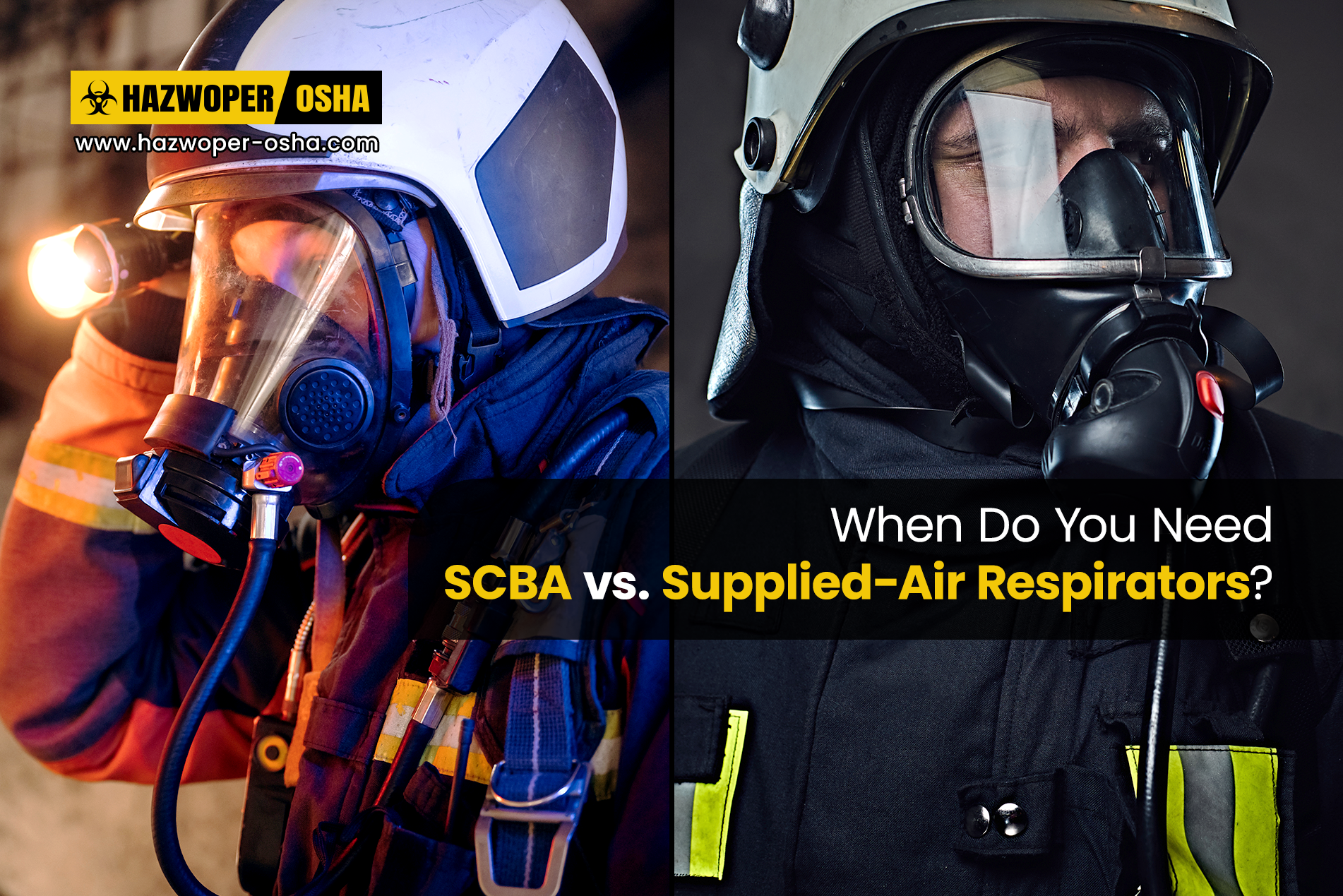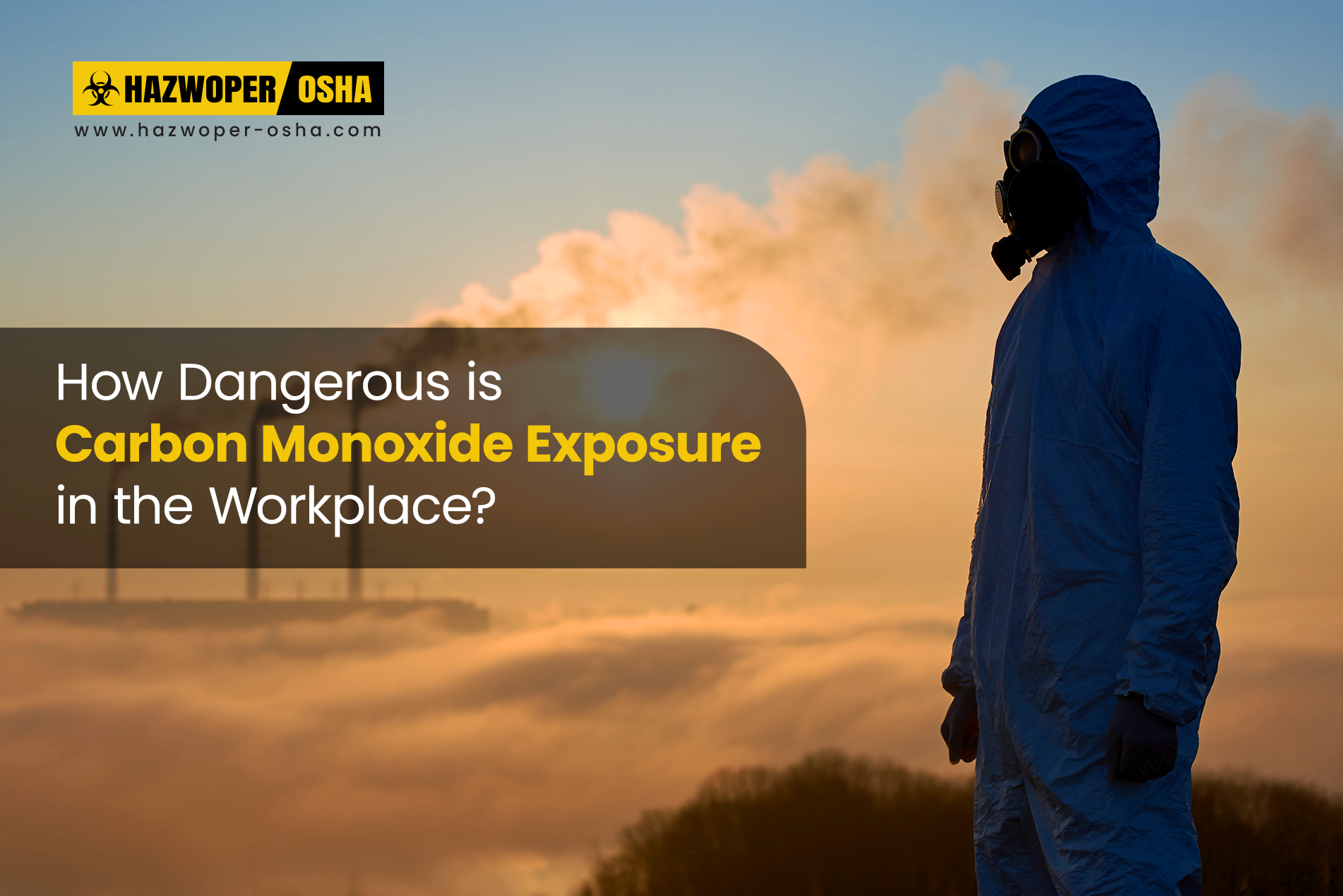Importance of Medical Surveillance in the Workplace

Today’s technologically advanced world is intrinsically dependent on the widespread use of chemicals and other hazardous substances often considered detrimental to human health. People are exposed to these dangerous elements in their everyday lives -- think about the increased use of chemicals in the household; consider the dependence of today’s generation on mobile phones, iPads©, and other mobile devices; and contemplate how growth and quality of agricultural products are enhanced by the addition of chemical-based fertilizers and how as the world’s population increases so does the consumption of goods and services resulting in increased production.
This has led to the increased use of scarce natural resources as well as manufactured materials and components. In turn, a seamless combination of these factors has resulted in nearly all industries using substances and materials that can cause harm to human health ranging from immediate repercussions to longer-term illnesses. This has resulted in a greater emphasis on medical surveillance in the workplace and an increased focus on providing a safe working environment. As such, employers must evaluate the exposure of employees to chemicals, toxins, radioactive materials, and other dangerous substances on a planned and regular basis to counteract the increased rate of occupational disease and improve industrial safety. According to the Occupational Safety and Health Administration (OSHA), such evaluations are called medical surveillance.
Medical Surveillance Explained
So, what is medical surveillance? It is the systematic assessment of employees who are exposed to or expected to be exposed to occupational hazards. Employers undertake such medical surveillance over time for both individual workers and groups of workers. The eventual goal of medical surveillance is to reduce occupational injury and illnesses of workers.
Medical surveillance is a comprehensive source of information for the employer. By conducting regular medical surveillance and analyzing the results obtained, employers would be better able to identify work processes or worksite areas that are or have a possibility of causing harm or injury to workers. The effectiveness of existing preventive strategies can also be evaluated by reviewing and analyzing medical surveillance results of either individual workers or worker groups over time. In effect, medical surveillance acts as a feedback mechanism for employee health concerns and issues related to the workplace. (OSHA, n.d.)
Who is Eligible for Medical Surveillance?
OSHA recommends employers to offer medical surveillance to workers exposed to hazardous substances such as lead, asbestos, arsenic, bloodborne pathogens, radioactive materials, and a range of other materials such as herbicides and insecticides that endanger worker health while at the workplace. Workers exposed to noise, chemical hazards, and toxic substances; requiring respiratory protection; and working in laboratories must also be given medical surveillance. Furthermore, employees who work for employers engaged in hazardous waste operations and emergency response must also be provided with medical surveillance according to OSHA’s health and safety standard requirements.
Guidance for Occupational Medical Surveillance
OSHA provides extensive guidance to employers on how to identify hazards that negatively impact employee safety and health at work and the relevant levels of medical surveillance required. The intensity of medical surveillance is dependent on exposure levels and the toxicity of the hazardous substance that the employee is exposed to. Medical Screening and Surveillance are covered under OSHA’s general industry standard Part 1910 - Occupational Safety and Health Standards. OSHA standards that provide details of specific hazards and related medical screening and surveillance requirements refer to OSHA’s Medical Screening and Surveillance page. Besides, OSHA under section 1910.120(f) of the Hazardous Waste Operations and Emergency Response (HAZWOPER) standard provides guidance on the medical surveillance requirements for HAZWOPER workers.
In addition, the National Institute for Occupational Safety and Health (NIOSH), Centers for Disease Control and Prevention (CDC), U.S. Department of Human Health Services (HHS), and even the U.S. Department of Defense (DoD) provide extensive guidance and resources that may be used by employers to develop and implement their medical surveillance programs.
Below are some useful resource links (OSHA, n.d.).
- Surveillance. National Institute for Occupational Safety and Health (NIOSH) Workplace Safety and Health Topic.
- Indicators for Occupational Health Surveillance. Centers for Disease Control and Prevention (CDC), Morbidity, and Mortality Weekly Report (MMWR) 50(RR01);1-7, (January 19, 2007).
- Health Hazard Evaluations. National Institute for Occupational Safety and Health (NIOSH).
- Tracking Occupational Injuries, Illnesses, and Hazards: The NIOSH Surveillance Strategic Plan. U.S. Department of Human Health Services (DHHS), National Institute for Occupation Safety and Health (NIOSH) Publication No. 2001-118, (January 2001).
- Occupational Medical Examinations and Surveillance Manual. U.S. Department of Defense (DoD). Provides minimum standards for medical surveillance programs to help occupational health professionals and others recognize and evaluate health risks associated with specific workplace exposures.
Medical Surveillance Program
Employers are responsible for developing a comprehensive medical surveillance program to identify health hazards, develop health and safety programs, and increase the health and safety of employees. OSHA requires all costs of a medical surveillance program to be borne by the employer. Four key areas must be covered under this program. These are explained below.
 Surveillance
Surveillance
Employers must set-up a system to ensure employees undergo pre-employment screening before being allowed at a worksite with health and safety hazards. At the pre-employment screening, an individual’s complete medical and illness history will be asked and recorded, a comprehensive physical examination will be conducted, and an evaluation will be done to understand the worker’s ability to work while wearing personal protective equipment (PPE).
Thereafter, employees must undergo regular medical examinations for as long as they work with toxic, radioactive, or other hazardous materials. These regular medical examinations will allow identifying any physical or health changes compared to the pre-employment screening records or the medical examinations done immediately before the current medical check-up. If required employees will be given additional medical testing depending on the results of the medical exam.
Employers must note that they are required to provide medical surveillance when a worker resigns or is terminated from employment.
 Treatment
Treatment
A medical surveillance program must also cover treatment plans for workers for the different hazards that they may be exposed to. These treatment plans must consider both emergency treatments and non-emergency treatments.
 Record Keeping
Record Keeping
Keeping detailed records of workers' medical examinations from pre-employment to the latest medical exam is an important part of the medical surveillance program. This will not only provide workers with the necessary medical record history but also enable employers to use data to analyze the occurrences of illness and injury against the effectiveness of safety and health preventive mechanisms and processes adopted in the workplace.
It is also required that employers maintain complete worker injury, illness, compensation records as required by OSHA’s general industry, HAZWOPER, and recordkeeping standards.
An important point to note here is the requirement to maintain worker’s privacy and follow the laws and regulations related to sharing and using of personal medical records.
 Program Review
Program Review
The effectiveness of a medical surveillance program can only be maintained when it is continually reviewed and revised or upgraded. Employers can use data gathered from worker injuries and health to enhance and upgrade the medical surveillance program annually.
Online Training on Medical Surveillance
OSHA requires employees to be trained in medical surveillance requirements as part of their online training on occupational health and safety in the workplace. As such employees working in construction, mining, healthcare, hazardous waste and treatment operations, excavation and trenching, and other industries that use chemicals or other hazardous substances must obtain the necessary training.
Workers engaged in hazardous waste operations and emergency response (HAZWOPER), will receive the required online training when they enroll in our OSHA HAZWOPER 40 Hour and the OSHA HAZWOPER 24 Hour safety training courses.
Reference
OSHA. (n.d.). Medical Screening and Surveillance. Website. https://www.osha.gov/medical-surveillance

 EN |
EN |  ES
ES

























































































































